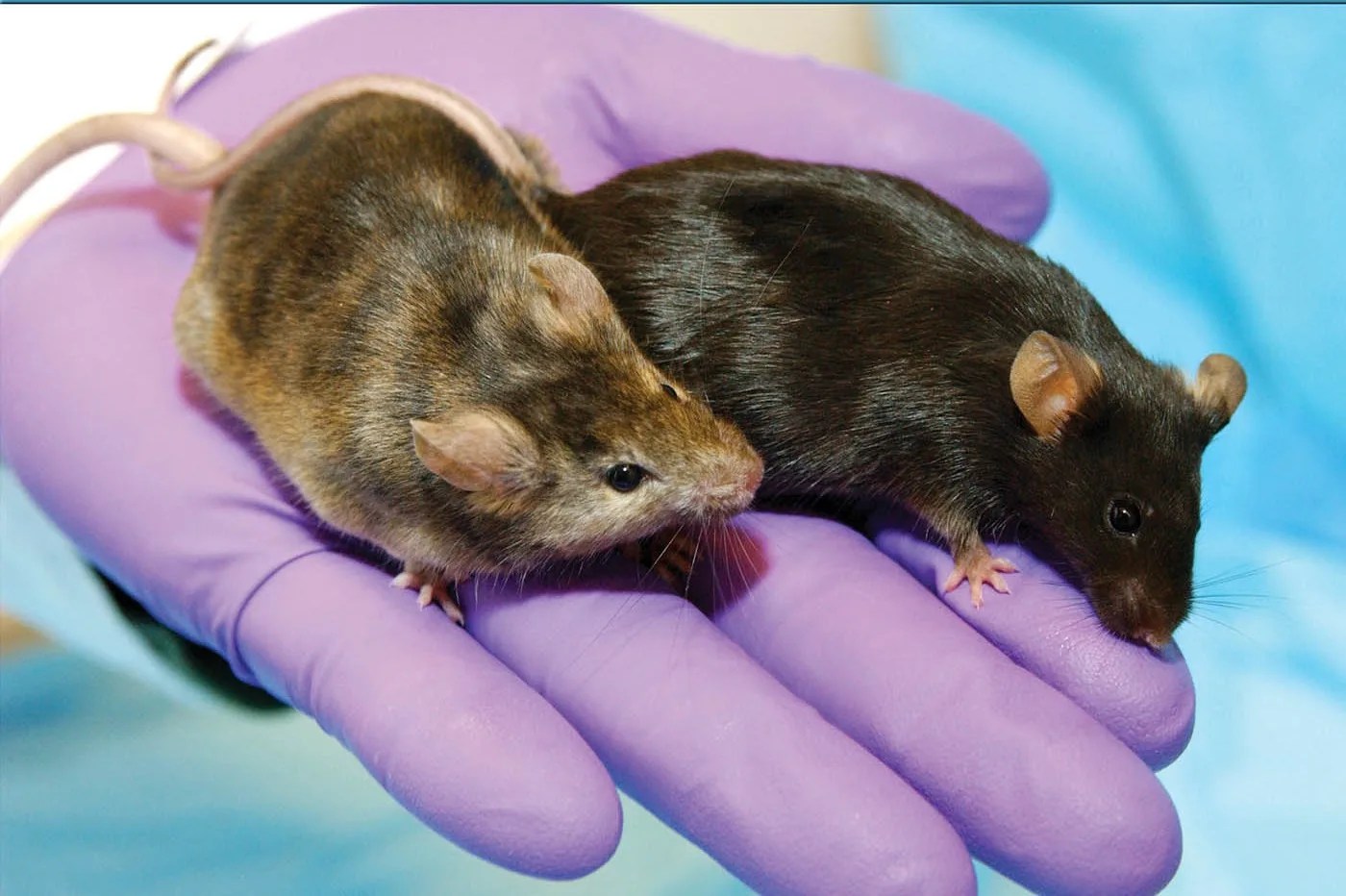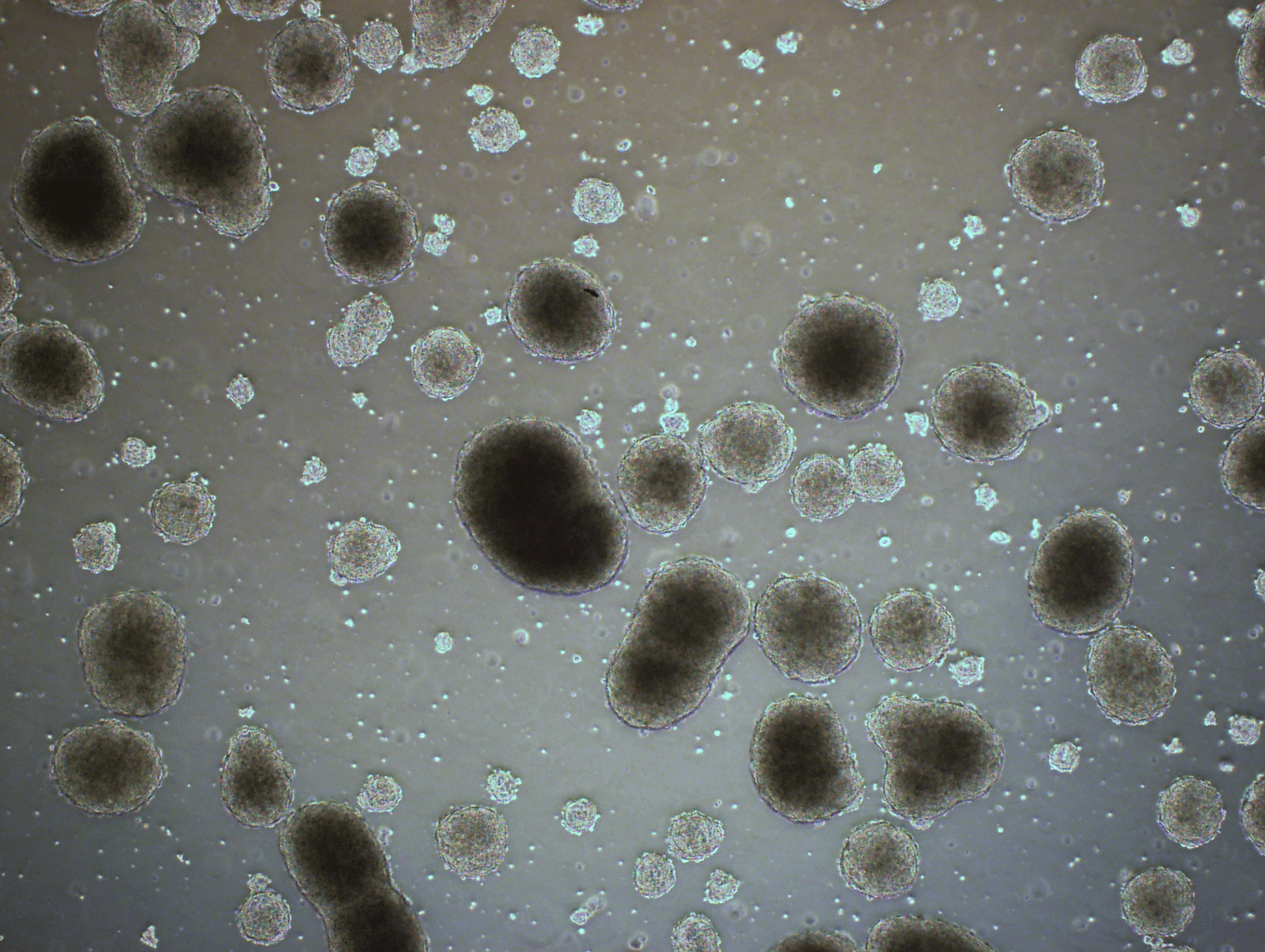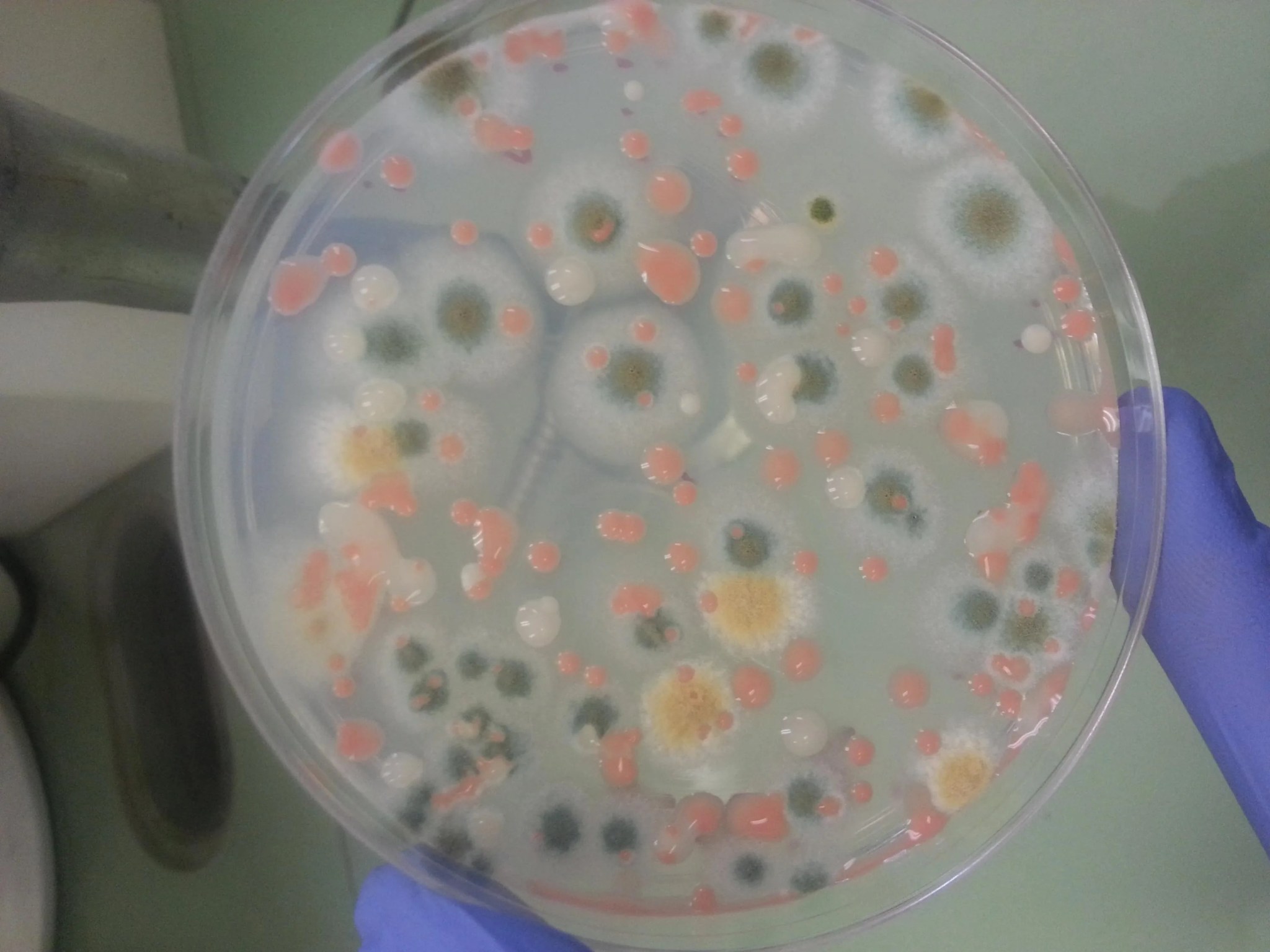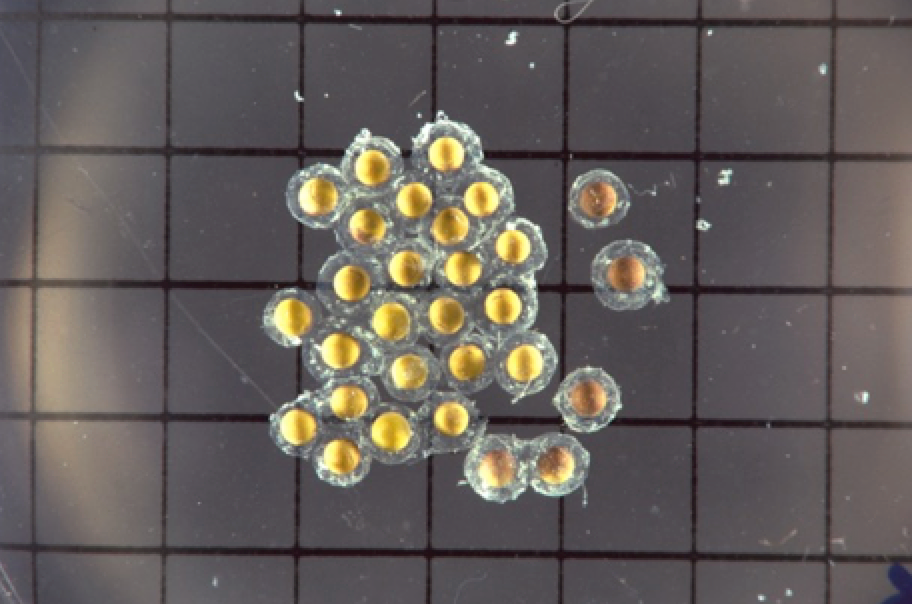Space Biology Program
Overview
The main objective of Space Biology research is to build a better understanding of how spaceflight affects living systems in spacecraft such as the International Space Station (ISS), or in ground-based experiments that mimic aspects of spaceflight, and to prepare for future human exploration missions far from Earth. The experiments we conduct on these platforms examine how plants, microbes, and animals adjust or adapt to living in space. We examine processes of metabolism, growth, stress response , physiology, and development. We study how organisms repair cellular damage and protect themselves from infection and disease in conditions of microgravity while being exposed to space radiation. And we do it across the spectrum of biological organization, from molecules to cells, from tissues and organs, and from systems to whole organisms to communities of microorganisms.
Our program’s core objectives include:
- Discovering how biological systems respond, acclimate and adapt to the space environment
- Developing integrated physiological models for biology in space
- Identifying the underlying mechanisms and networks that govern biological processes in the space environment
- Promoting open science through the GeneLab Data System and Life Sciences Data Archive
- Developing cutting-edge biological technologies to facilitate spaceflight research
- Developing mechanistic understanding to support human health in space
- Enabling the transfer of knowledge and technology to the understanding of life on Earth
Space Biology Science Plan (PDF)
Search the Space Station Research Explorer for Space Biology experiments
In addition to providing useful information on how living organisms adapt to spaceflight, the discoveries NASA researchers make in space have enormous implications for life on Earth. Space Biology's research into the virulence of pathogens in space, loss of bone density, and the changes in the growth of plants can impact the development of drugs that promote wound healing or tissue regeneration, treatments designed to counter osteoporosis on Earth, and high-tech fertilizers that increase crop yield.
Sign up to receive the Space Biology newsletter
Access back issues of the Space Biology newsletter
Animal Biology
Life in space produces profound changes in biology. All organisms on Earth have adapted to perform under conditions of gravity, atmosphere, and cycles of light and darkness that have not changed in millions of years, conditions which are altered aboard spacecraft like the ISS. For example, while circling Earth at speeds of 17,130 miles an hour, crewmembers of the ISS experience sunrise and sunset 16 times a day! Simply put, terrestrial organisms are not designed for life in space.
The goal of the Space Biology Program in the animal biology area is to understand the basic mechanisms that animals use to adapt and/or acclimate to spaceflight and alterations in gravity in general. Animals are frequently used to model human disease as well as how humans respond to stressful stimuli. The most commonly used model organisms for which genomics are now well defined include vertebrate species, e.g., rodents, both rats and mice, and a variety of invertebrate species, e.g., nematodes and insects. NASA has used these model organisms extensively to evaluate biological spaceflight hazards, elucidate the fundamental mechanisms life uses to adapt to microgravity, and apply such knowledge to advance human exploration, and for societal benefits on Earth.
Read about a Behavior Analysis Study that shows mice adapt to spaceflight.
As we examine the impacts of spaceflight on animal biology and physiology, we ask the following questions:
- Do the effects of spaceflight level off over time, get worse, or get better?
- Are the effects of spaceflight exposure permanent or do they decrease and/or vanish with time upon return?
- Can we prevent adverse effects before they appear, or at least lessen their impact?
- What conditions are required for animals to live in space for years, come back to Earth, and remain healthy?
Cell and Molecular Biology
Cell and molecular biology research cuts across all science disciplines in Space Biology, from understanding how single-celled organisms, such as protozoa, bacteria, and fungi respond to the conditions of spaceflight, to how all of the various cells in a complex tissue or organ work together to help an organism as a whole acclimate to such a foreign environment. The overarching goal of Space Biology Cell and Molecular Biology research at NASA is to determine how the stresses of the spaceflight environment affect living systems at the basic cellular and molecular levels, using contemporary cell and molecular biology techniques and measures. This includes characterizing and identifying changes in gene and protein expression, DNA function and structure, cellular structure and morphology, and cell-to-cell communication.
As we examine the impacts of spaceflight on the cell biology and physiology, we ask the following:
- What are the underlying genetic and molecular mechanisms of the cells that are influenced by gravitational changes and the space environment?
- Does the space flight environment affect or influence cell and molecular functions causing tissue/organ dysfunction or disease states?
- Does the space environment affect cellular and molecular functions in a manner that impact tissue morphogenesis or development?
Microbiology
No Matter Where We Go, We Take Our Microbes
Everywhere we go, we take microorganisms with us, whether we want to or not. This is true even aboard the “clean” environment of the ISS, which is a closed environment. With a crew of astronauts on board, living, breathing, exercising, and sweating, the ISS is a breeding ground for microbes.
Microbes Can Be Both Friends and Foes
The effects of spaceflight on the biology of microorganisms and on microbial populations are largely unknown. In addition to posing a risk to astronaut health, bio-corrosive microorganisms that grow on metallic surfaces in spacecraft can damage both equipment and hardware. Unlike cruise ships on Earth which can be evacuated, emptied, and cleaned, problems that arise due to microbial contamination on long-duration spaceflight missions can only be resolved using tools and resources already present within the vessel. Understanding how microbial species grow and interact with each other in this environment is the first step in preparing for such a scenario.
While the presence of certain microbes can be problematic, it is also important to remember that many microbial species play important roles in Earth’s various ecosystems. For example, the symbiotic relationships that have evolved between plants and certain bacteria are vital in ensuring plants receive the nutrients they require to grow and flourish. Oxygen-producing cyanobacteria that live in terrestrial bodies of water help replenish Earth’s oxygen. Even the bacteria living within our digestive tracts play an important role in the digestion of our food and the proper absorption of nutrients. The presence of certain microbes may be important for the proper growth of some plants in space and may even be critical for the production of future bio-regenerative life support systems. It is therefore important to keep in mind that reaching an appropriate microbial equilibrium within a spacecraft may be vital for successful long-duration spaceflight missions.
As we examine the impacts of spaceflight on microorganisms, we ask the following:
- What underlying genetic, molecular and biochemical processes are influenced by the spaceflight environment?
- How does the spaceflight environment influence microbial reproduction, growth, and physiology?
- Does long-duration spaceflight alter normal rates of evolutionary change?
- What are the effects of spaceflight on microbial communities as they interact with other organisms to effect processes such as symbioses, biodegradation, nitrogen-fixation, etc.
- What are the mechanisms that effect changes, such as the altered virulence or altered drug resistance, observed in some organisms during spaceflight?
Plant Biology
Space Biology research helps us understand the fundamentals of plant growth by examining the very building blocks of plant life down to the molecular level: transcriptomics, genomics, proteomics, and metabolomics. To compare the effects of microgravity conditions on plants, we also conduct experiments on Earth using gravity or simulated microgravity ground controls at the Kennedy Space Center. We conduct our research on the ISS in conditions of microgravity to help us understand how to support astronauts aboard the ISS and on their long journey to Mars.
Crop Rotation: Food Production in Space
One of Space Biology’s major objectives is to understand how the spaceflight environment affects how plants grow and thrive. The basic research has allowed NASA scientists to grow edible plants in space that could be used as a source of fresh food by the crew on the ISS. Considering that every single thing that astronauts eat is freeze-dried and comes out of a shrink-wrapped package, being able to enjoy a fresh vegetable provides a healthy and much welcomed break from this routine. Already, edible romaine lettuce and cabbage has successfully been grown on the ISS. Soon, Mizuna and tomatoes will join the list of edible plants gown in space.
In the next year Space Biology will fly experiments to the ISS designed to test the growth of a variety of new plants its crew can eventually eat as they fly to the moon and Mars. To ensure the health of our astronauts, we’ll be examining the nutritional composition of plants grown in space and looking at the microbiome of plants in orbit. This work may eventually lead to the production of a sustainable source of healthy food on long-duration space flights, which will help astronauts get the nutrition they need.
As we examine the impacts of spaceflight on plant biology, we ask the following:
- How does gravity affect plant growth, development & metabolism (e.g. photosynthesis, re- production, lignin formation, plant defense mechanisms)?
- Does the spaceflight environment cause alterations in plant/microbe interactions?
- How can horticultural approaches for sustained production of edible crops in space be both improved and implemented (especially as related to water and nutrient provision in the root zone)?
- What are the effects of chronic exposure to cosmic radiation on plants?
How do plants sense and react to gravity and what are the molecular mechanisms involved?
Developmental, Reproductive and Evolutionary Biology
What happens to reproduction and the development of offspring across a lifespan and over multiple generations in space? What about differences in how males and females respond to the space environment? The Reproduction, Development, and Sex Differences Laboratory of the NASA Space Biosciences Research Branch investigated these fundamental questions about biological processes beyond Earth. Since no mammal had given birth in space at the time, researchers recognized that these questions could challenge scientists for years to come.




































